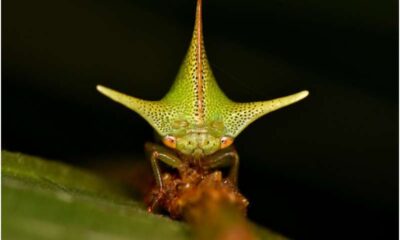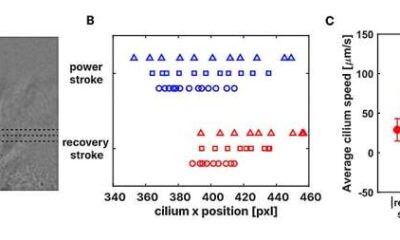Science
Static Electricity May Shape Evolution of Treehoppers’ Unique Forms
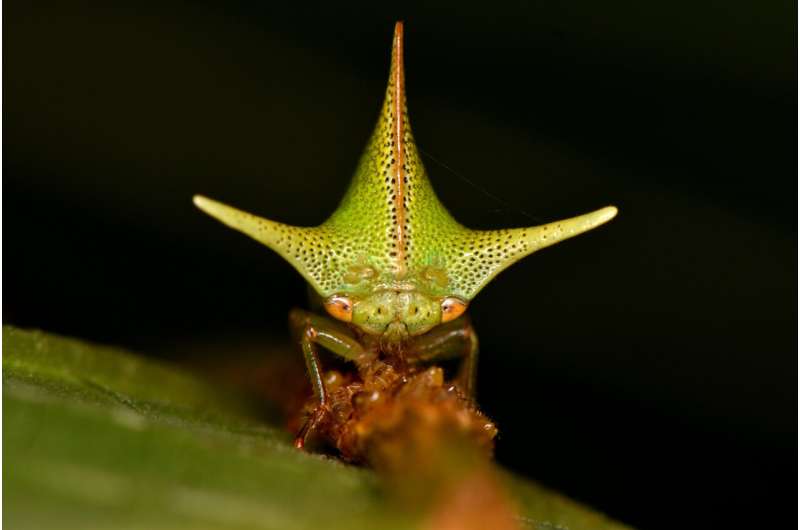
Research from the University of Bristol suggests that treehopper insects may have evolved their unusual body shapes due to their ability to detect static electricity. This hypothesis is presented in a study published in the Proceedings of the National Academy of Sciences by Dr. Sam England, a recent Ph.D. graduate from Bristol, and Professor Daniel Robert, a noted expert in bionanoscience.
Treehoppers are remarkable for their morphological diversity, boasting over 3,000 species with shapes that include horns, spines, and tridents. Despite their intriguing appearances, the scientific community has struggled to definitively explain the functional significance of these varying forms. While some hypotheses such as camouflage or physical defense apply to certain species, they do not account for the entire treehopper family.
Building upon findings that several insects, including bees and caterpillars, can sense static electricity, Dr. England and Professor Robert examined whether treehoppers’ unique shapes could enhance their ability to detect electric fields. Their experiments revealed that predatory wasps emit static electricity, and treehoppers exhibited a tendency to retreat from these electric fields.
To further explore this phenomenon, the research team employed computational methods to demonstrate that the extreme morphologies of treehoppers could amplify the strength of the electric field around them. This enhancement likely boosts their sensitivity to static electricity.
In their study, the researchers also discovered that predatory wasps possess significantly different electrostatic charges compared to the friendly stingless bees that often protect treehoppers from threats. This finding raises the possibility that treehoppers might distinguish between potential predators and allies based solely on electrical cues.
Dr. England stated, “We think our study provides a really exciting launch pad for investigating static electricity as a driver of organismal morphology more generally.” He emphasized that their research offers the first evidence suggesting that electrostatic sensing could play a role in morphological evolution, although further proof is needed.
The team plans to investigate how different treehopper shapes may be adaptive to various electrical environments. Dr. England added, “If we can link treehopper shapes to certain aspects of their electrical ecology, like specific predators which approach from certain angles with particular static charges, this would really begin to strongly support our ideas around static electricity as an evolutionary driver.”
The implications of this research extend beyond treehoppers, potentially offering insights into the morphological adaptations of a wide range of insects and other organisms. As scientists continue to explore this intriguing hypothesis, the connection between static electricity and evolutionary biology may open new avenues for understanding the complexities of form and function in the natural world.
For more detailed information, refer to the article by Sam J. England et al, published in the Proceedings of the National Academy of Sciences on August 2, 2025.
-

 Politics3 weeks ago
Politics3 weeks agoPlane Crash at Southend Airport Claims Four Lives After Takeoff
-
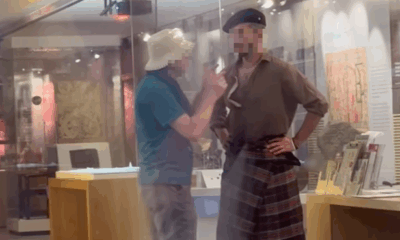
 Top Stories3 weeks ago
Top Stories3 weeks agoAustralian Man Arrested for Alleged Damage to Stone of Destiny
-

 Business3 weeks ago
Business3 weeks agoTrump’s “One Big Beautiful Bill” Faces Economic Scrutiny
-

 Business3 weeks ago
Business3 weeks agoNew Study Links Economic Inequality to Lower Well-Being Globally
-

 Entertainment4 days ago
Entertainment4 days agoEmmerdale Characters Face Danger as Stabbing Shakes Village
-

 Sports3 weeks ago
Sports3 weeks agoSheffield United’s Young Talent Embraces Championship Opportunity
-

 Lifestyle3 weeks ago
Lifestyle3 weeks agoBrits Identify Adulting Challenges: Cleaning, Cooking, and Time Woes
-

 Sports3 weeks ago
Sports3 weeks agoEverton Pursues Johan Bakayoko as Transfer Deadline Approaches
-
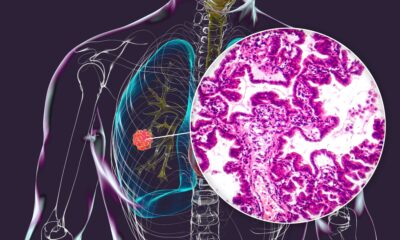
 Health3 weeks ago
Health3 weeks agoAI Tool EAGLE Streamlines Lung Cancer Mutation Detection
-

 Science3 weeks ago
Science3 weeks agoStudy Reveals Widespread Flooding in North Carolina Exceeds Expectations
-

 Politics3 weeks ago
Politics3 weeks agoUncertain Future for The Royal Albert Pub as Landlord Departs
-

 Health3 weeks ago
Health3 weeks agoWomen’s Health Topics Face Overwhelming Censorship on Social Media

